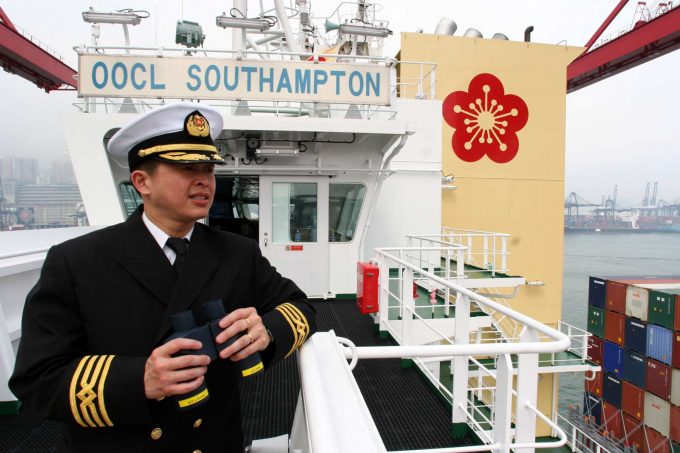Peak season or recession? Forwarders and shippers need to 'stay flexible'
Transpacific contract negotiations appear to be held in a holding pattern, with few to no ...

Orient Overseas International (OOIL) has reported increased liftings but lower average revenue per container in its final quarterly operational update for container arm OOCL.
With 4.7% more capacity than in Q2 17, the number of containers carried across the carrier’s four regions was up 4.6%, to 1.6m teu, but revenue ...
Keep our news independent, by supporting The Loadstar
Red Sea crisis has driven most new capacity into extended Asia-Europe trades
Carrier price hikes hold, driving spot rates higher as space gets scarcer
Explosions and 'out-of-control' fire reported on Wan Hai box ship
Crew forced to abandon ship in latest fire on vessel carrying EVs
The Loadstar Podcast | Transport Logistic and Air Cargo Europe 2025
'Now or never' for Kuehne and DHL GF to hit back at DSV
Carriers on the hunt for open tonnage again as transpacific rates soar

Comment on this article
Gary Ferrulli
July 30, 2018 at 2:36 pmThere are some truly questionable statements in the article. As usual with OOCL interim reports, few real details available, so it’s difficult to give a real assessment of the outcome. If revenue is up as much as reported, and rates were down by only 0.6% and there is a loss anticipated, the costs have to have skyrocketed. We know about fuel, but if fuel is under 40% of the operating expenses (and it is), the other costs have to have gone up considerably.
But as there are few details on any of it, then it can be categorized as interesting information.
Mike Wackett
July 31, 2018 at 9:55 amGary, I believe that with such slim margins the further hike in fuel costs in Q2 will have had a significant impact on carriers’ P&Ls.
For example: Hapag felt obliged to issue a profit warning after 5 months trading. In its earlier Q1 report it noted the “harm” caused by the bunker cost hike from $142 to $150 per teu (Q117 / Q118) and that was based on an average cost of $372 per tonne.
We have always found the OOCL operational numbers to be a useful barometer, but I don’t see COSCO being as transparent.